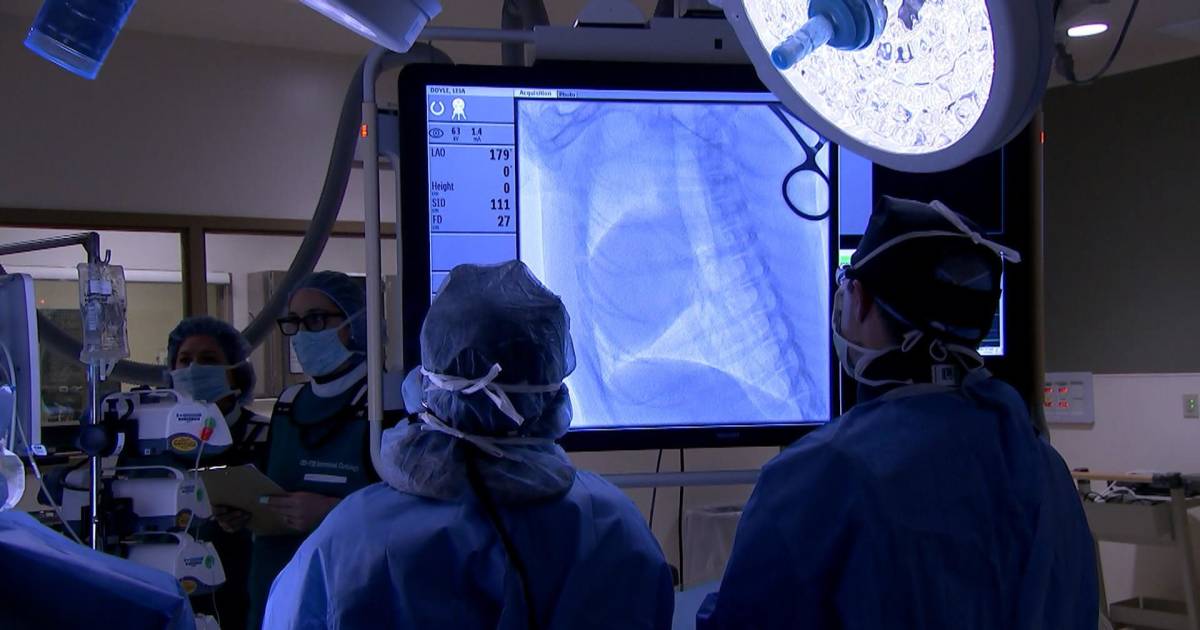Dogs born in the summer are at higher risk for heart disease than pups born at other times of the year, according to new research.
Environment probably a factor
Scientists think exposure to outdoor air pollution may be to blame.
Researchers at the University of Pennsylvania analysed data from the Orthopedic Foundation of Animals on almost 130 000 dogs. In all, 253 breeds were represented.
Certain breeds not genetically predisposed to heart disease were at highest risk. They include the American Staffordshire terrier, English toy spaniel, Bouvier des Flandres, Border terrier and Havanese. Also at added risk: dogs that are often born in July, such as Norfolk terriers and Berger Picards.
Overall, dogs have as much as a 2% risk for heart disease, depending on their breed, according to the study published recently in Scientific Reports.
But dogs born between June and August (American summer) have higher odds for heart trouble. Dogs born in July have a 74% greater risk than expected based solely on breed, the study authors said.
Since the link, which couldn't prove cause and effect, was independent of dogs' genetic risk for the condition, researchers say environment probably is a factor.
The pollution problem
Other research has shown that fine particle air pollution, including that from factories, peaks during summer months. For dogs and humans alike, exposure to outdoor air pollution during pregnancy and birth appears to contribute to heart trouble later on.
In people, exposure to outdoor air pollution before and during birth has been linked to later development of an abnormal heart rhythm, the researchers said.
Canine pregnancies last just two months, the researchers said. But, they added, dogs may inhale air pollutants while pregnant, which could affect developing hearts in their unborn pups.
"It's important to study dogs because the canine heart is a remarkably similar model to the human cardiovascular system," study lead author Mary Regina Boland said in a university news release. She is an assistant professor in biostatistics, epidemiology and informatics.
"Also, humans and dogs share their lives together and are exposed to similar environmental effects, so seeing this birth season-cardiovascular disease relationship in both species illuminates mechanisms behind this birth season-disease relationship," she added.
Image credit: iStock












